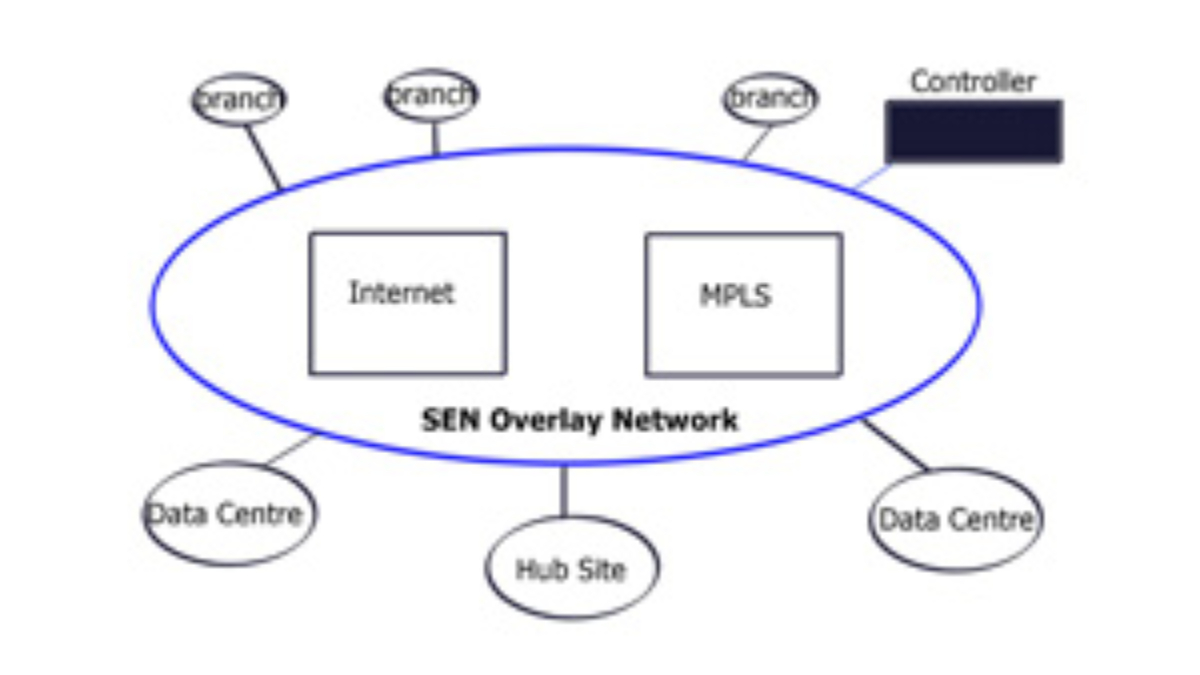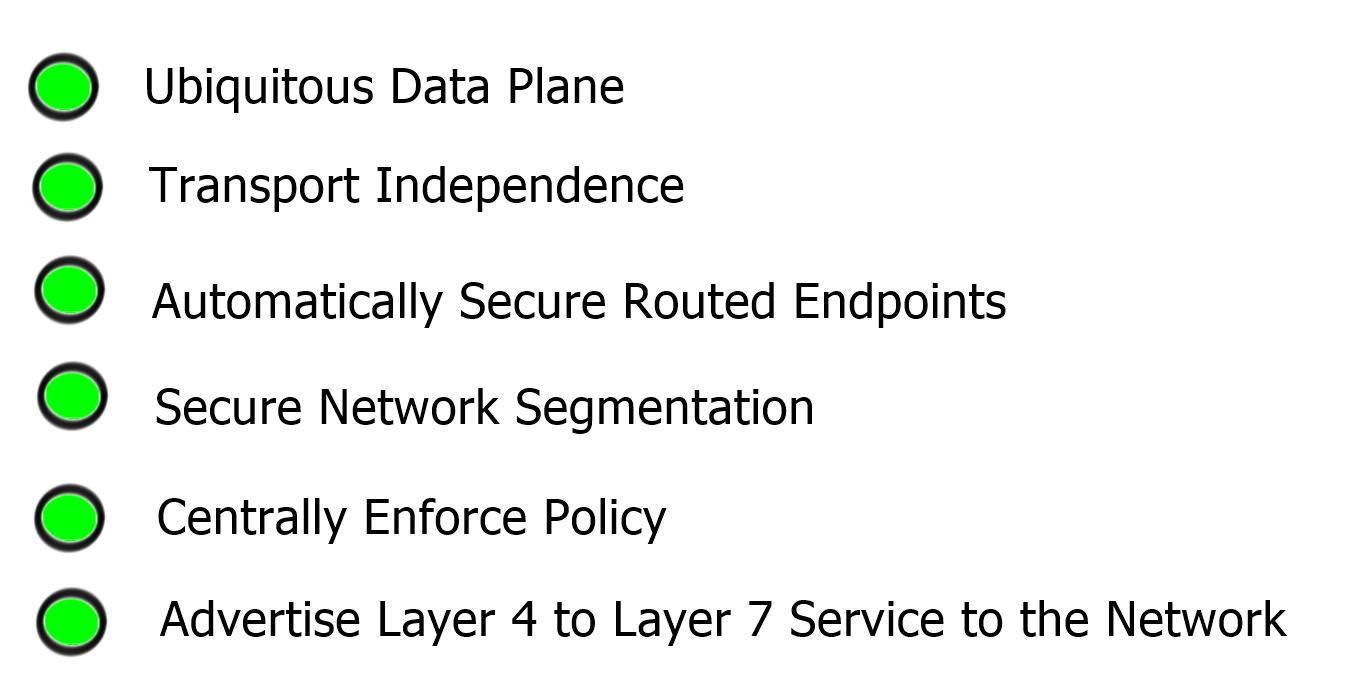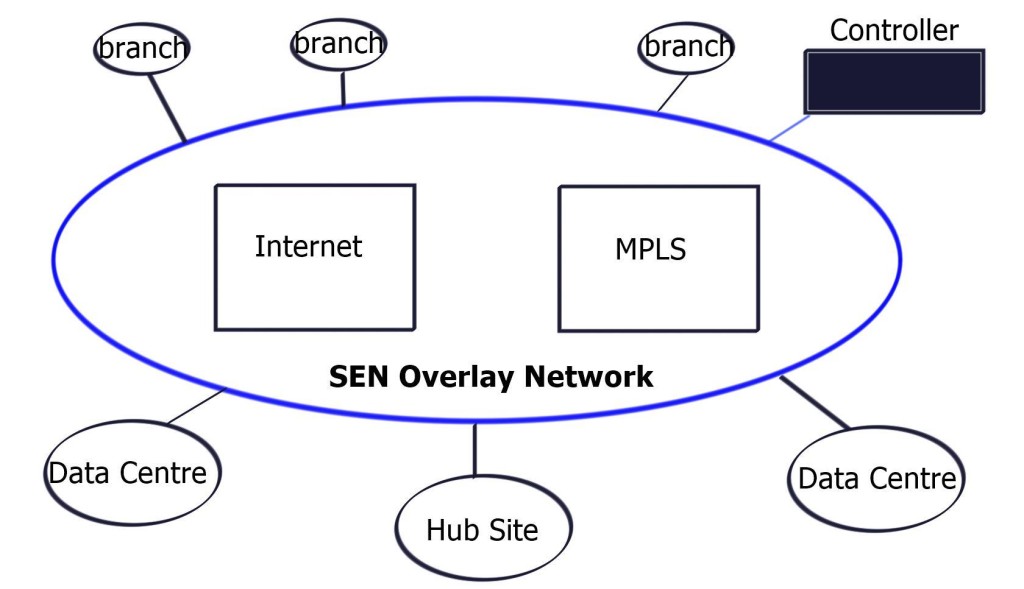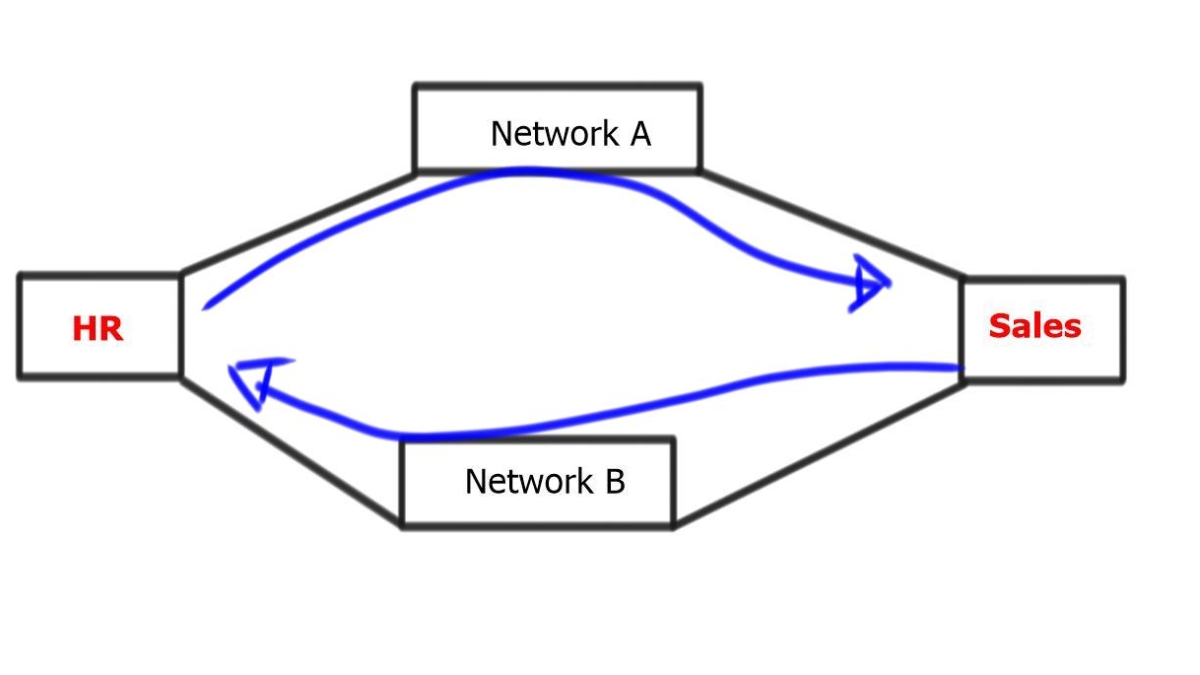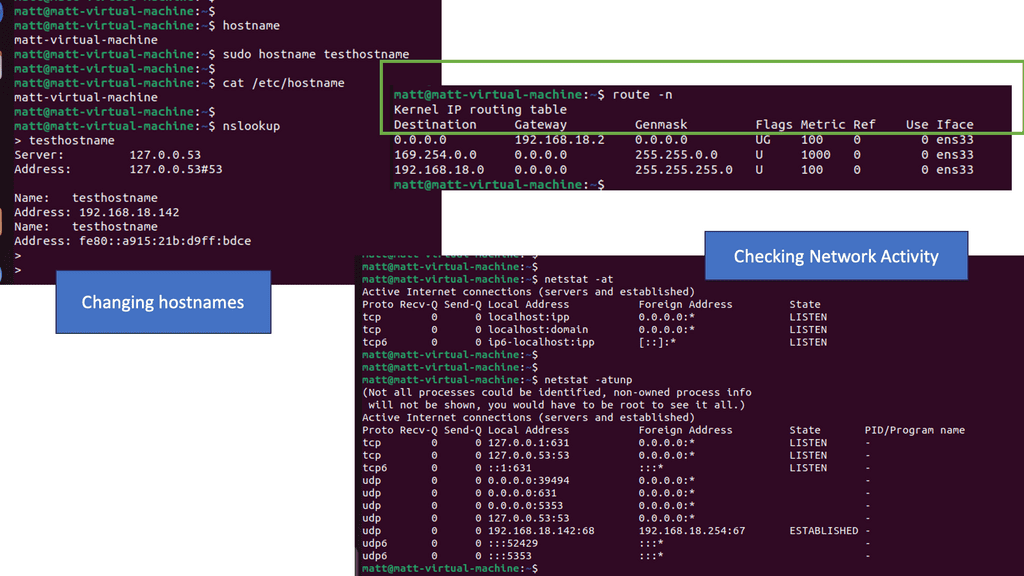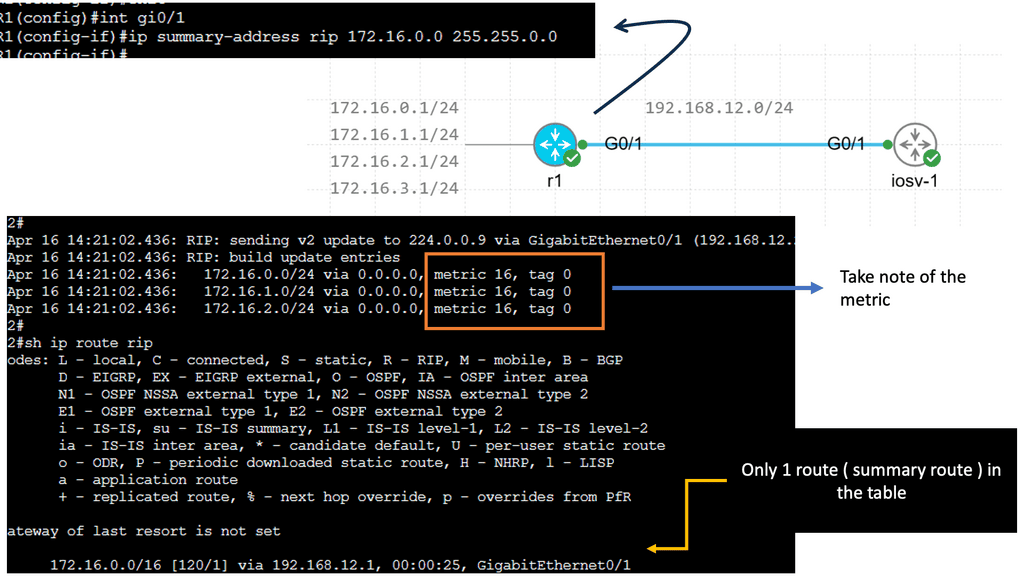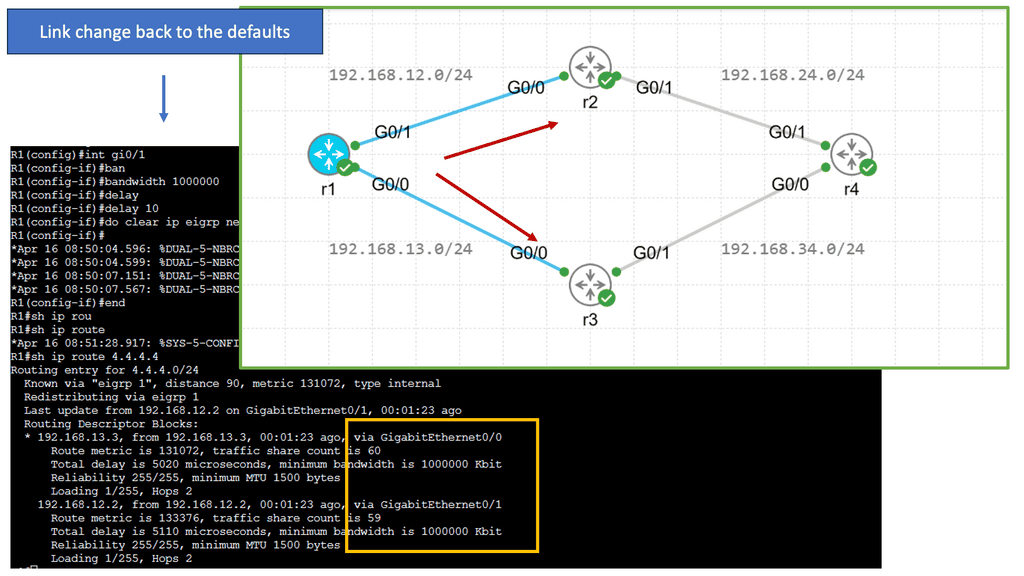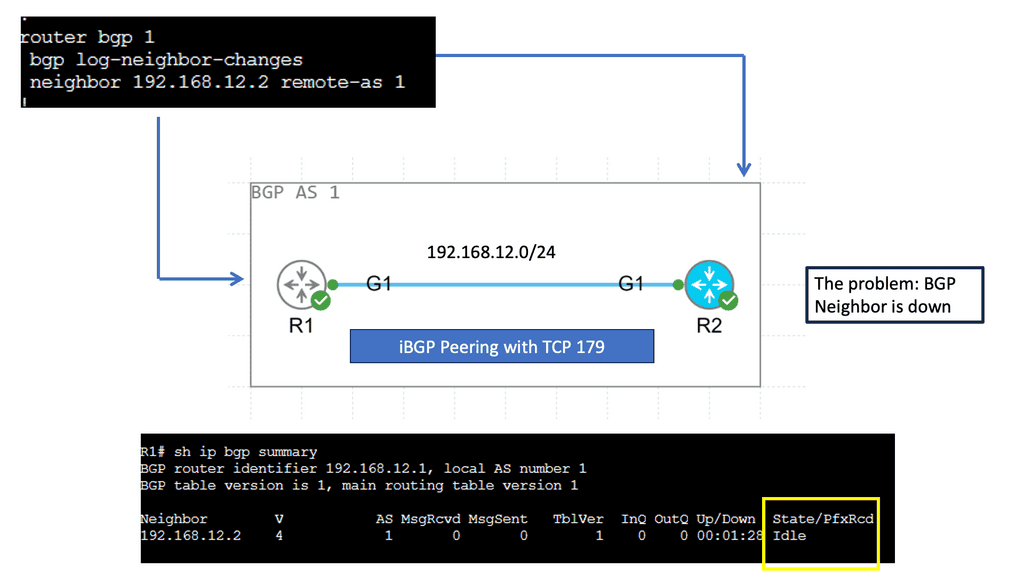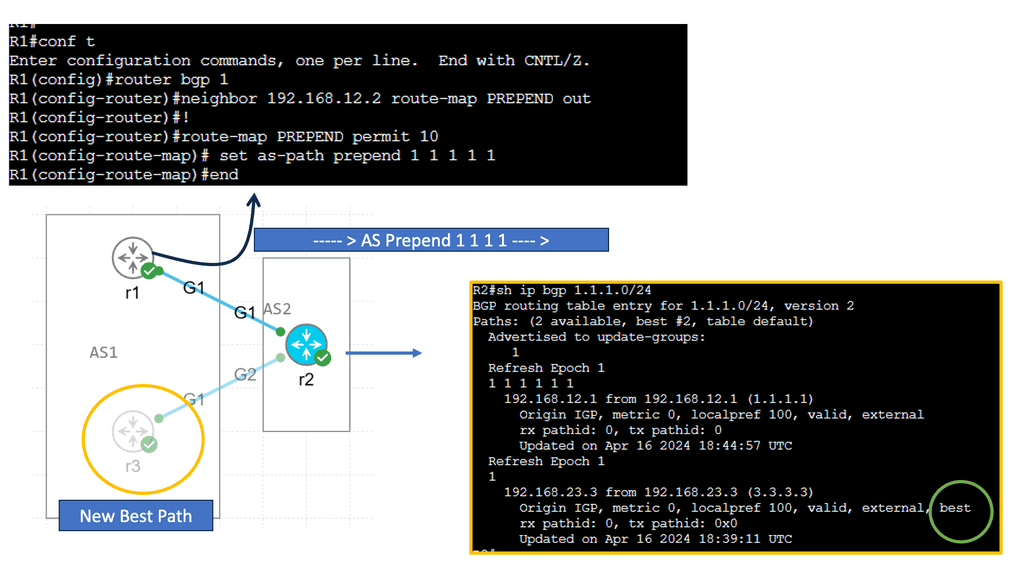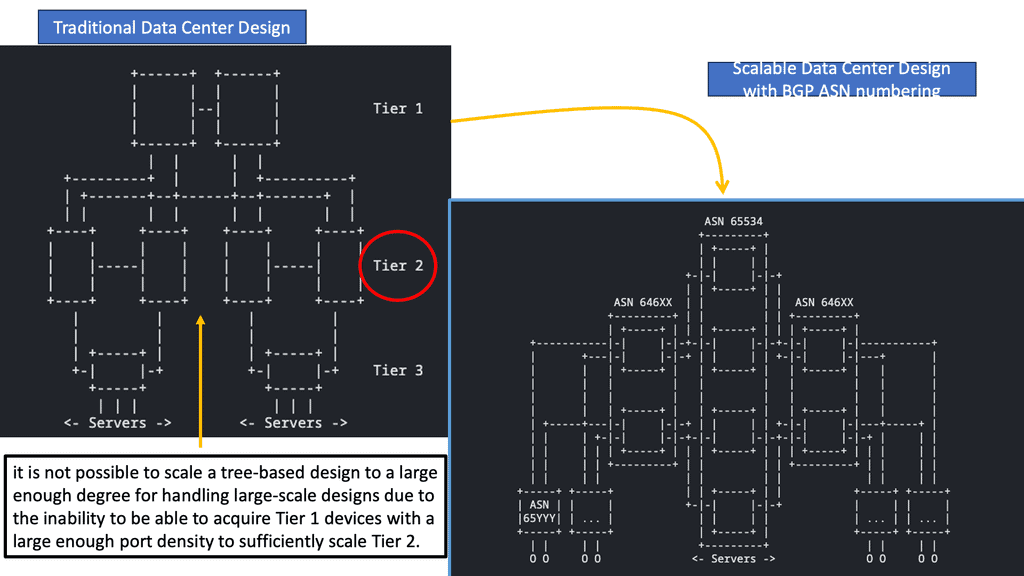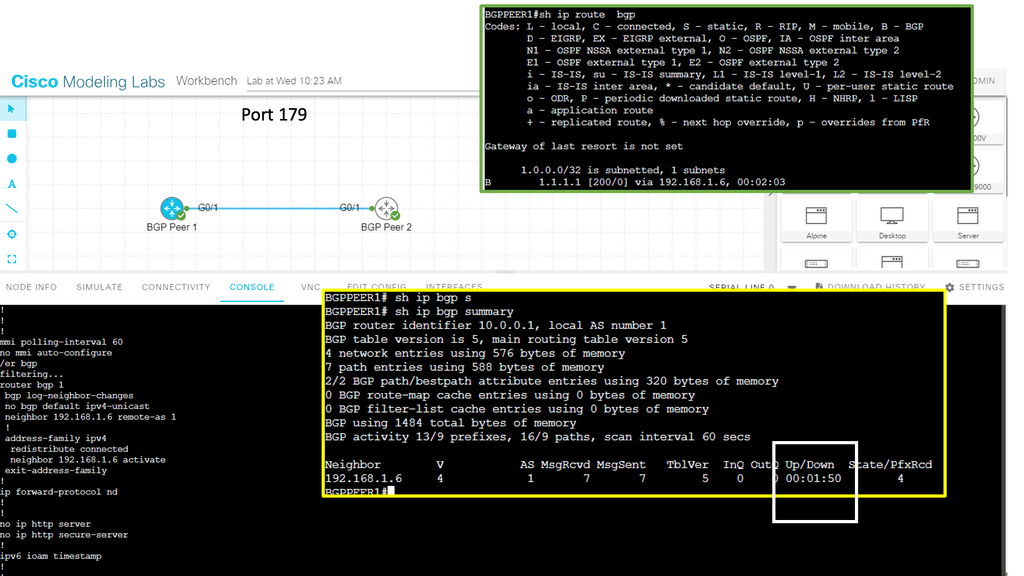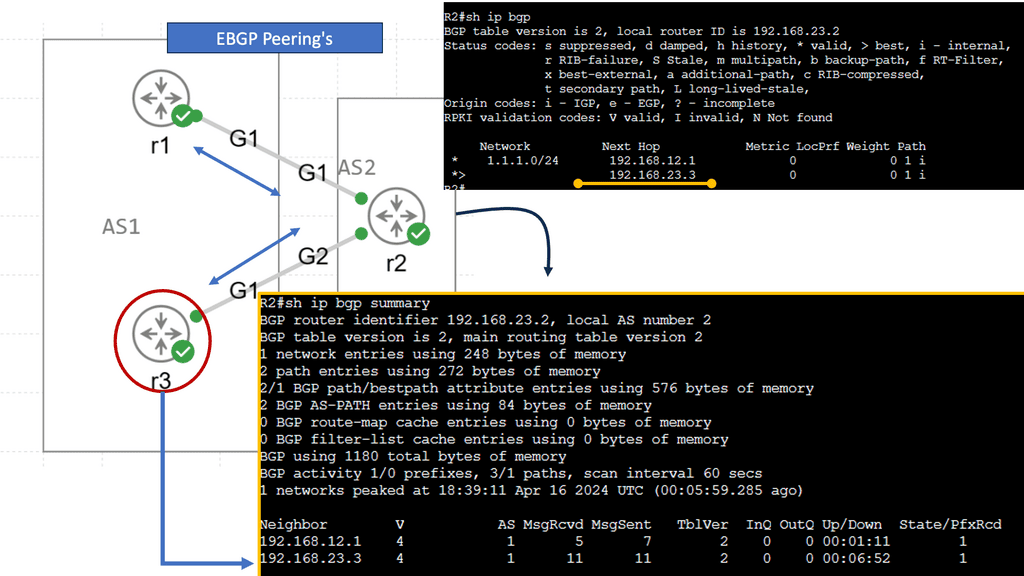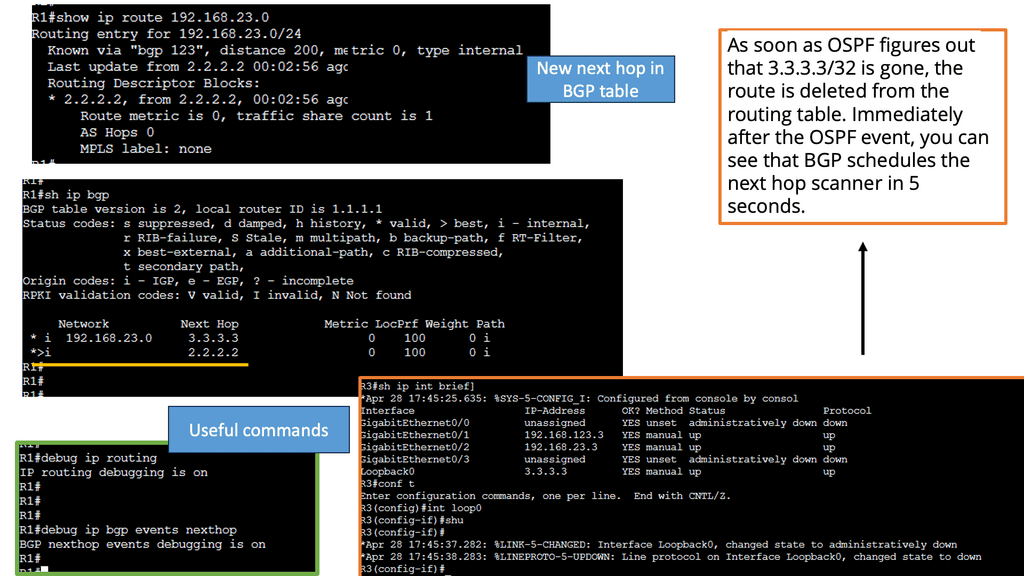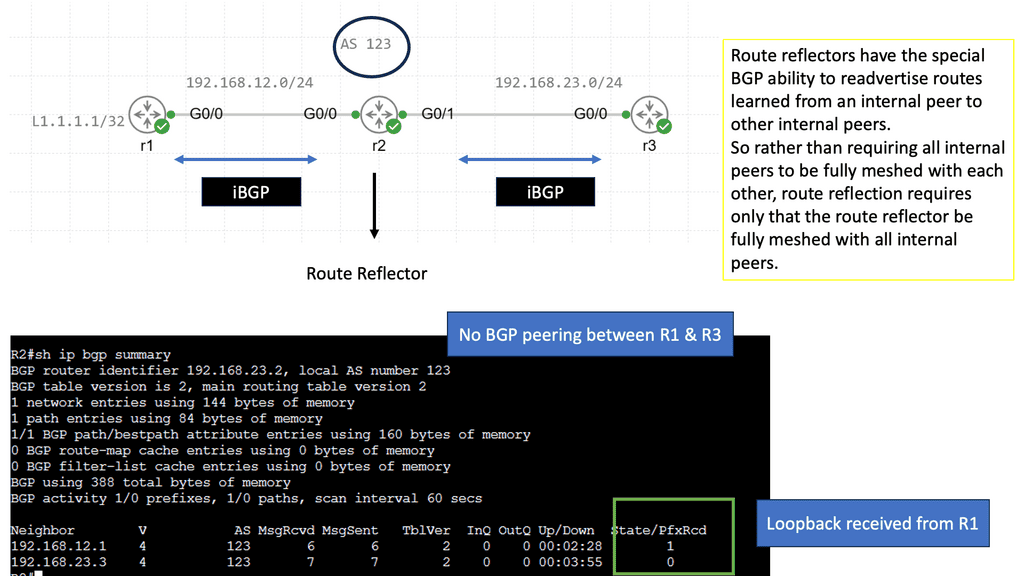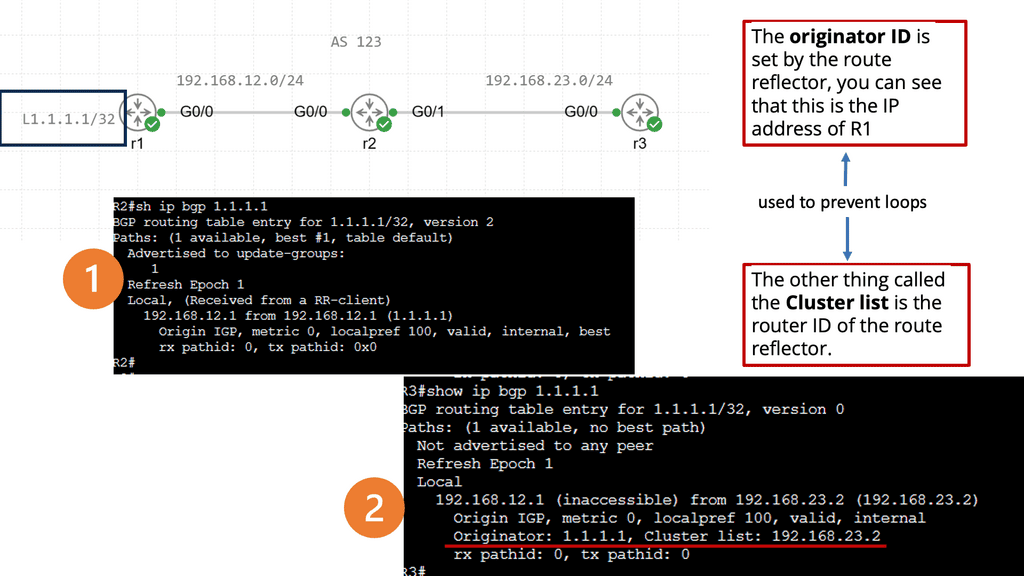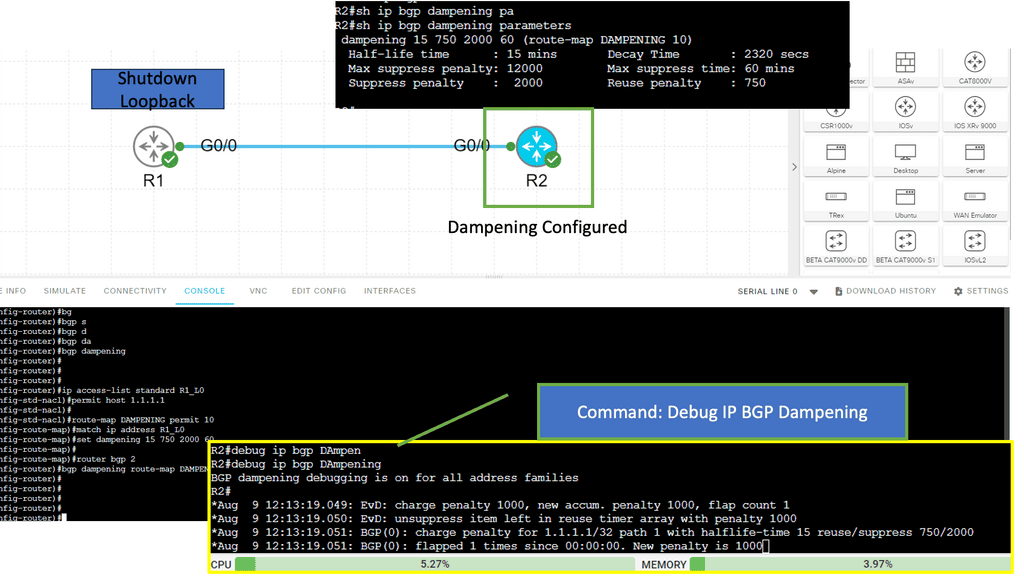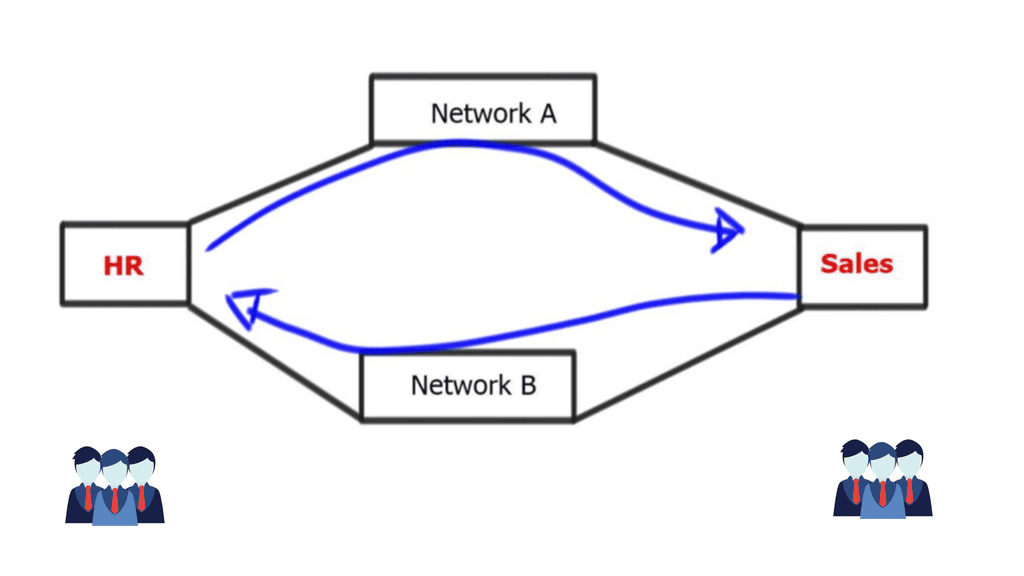Viptela SD WAN
Why can’t enterprise networks scale like the Internet? What if you could virtualize the entire network?
Wide Area Network (WAN) connectivity models follow a hybrid approach, and companies may have multiple types – MPLS and the Internet. For example, branch A has remote access over the Internet, while branch B employs private MPLS connectivity. Internet and MPLS have distinct connectivity models, and different types of overlay exist for the Internet and MPLS-based networks.
The challenge is to combine these overlays automatically and provide a transport-agnostic overlay network. The data consumption model in enterprises is shifting. Around 70% of data is; now Internet-bound, and it is expensive to trombone traffic from defined DMZ points. Customers are looking for topological flexibility, causing a shift in security parameters. Topological flexibility forces us to rethink WAN solutions for tomorrow’s networks and leads towards Viptela SD-WAN.
Before you proceed, you may find the following helpful:
Solution: Viptela SD WAN
Viptela created a new overlay network called Secure Extensible Network (SEN) to address these challenges. For the first time, encryption is built into the solution. Security and routing are combined into one solution. Enables you to span environments, anywhere-to-anywhere in a secure deployment. This type of architecture is not possible with today’s traditional networking methods.
Founded in 2012, Viptela is a Virtual Private Network (VPN) company utilizing concepts of Software Defined Networking (SDN) to transform end-to-end network infrastructure. Based in San Jose, they are developing an SDN Wide Area Network (WAN) product offering any-to-any connectivity with features such as application-aware routing, service chaining, virtual Demilitarized Zone (DMZ), and weighted Equal Cost Multipath (ECMP) operating on different transports.
The key benefit of Viptela is any-to-any connectivity product offering. Connectivity was previously found in Multiprotocol Label Switching (MPLS) networks. They purely work on the connectivity model and not security frameworks. They can, however, influence-traffic paths to and from security services.
Ubiquitous data plane
MPLS was attractive because it had a single control plane and a ubiquitous data plane. As long as you are in the MPLS network, connection to anyone is possible. Granted, you have the correct Route Distinguisher (RD) and Route Target (RT) configurations. But why can’t you take this model to Wide Area Network? Invent a technology that can create a similar model and offer ubiquitous connectivity regardless of transport type ( Internet, MPLS ).
Why Viptela SDN WAN?
The business today wants different types of connectivity modules. When you map service to business logic, the network/service topology is already laid out. It’s defined. Services have to follow this topology. Viptela is changing this concept by altering the data and control plane connectivity model using SDN to create an SDN WAN technology.
SDN is all about taking intensive network algorithms out of the hardware. Previously, in traditional networks, this was in individual hardware devices using control plane points in the data path. As a result, control points may become congested (for example – OSPF max neighbors reached). Customers lose capacity on the control plane front but not on the data plane. SDN is moving the intensive computation to off-the-shelf servers. MPLS networks attempt to use the same concepts with Route-Reflector (RR) designs.
They started to move route reflectors off the data plane to compute the best-path algorithms. Route reflectors can be positioned anywhere in the network and do not have to sit on the data path. Controller-based SDN approach, you are not embedding the control plane in the network. The controller is off the path. Now, you can scale out and SDN frameworks centrally provision and push policy down to the data plane.
Viptela can take any circuit and provide the ubiquitous connectivity MPLS provided, but now, it’s based on a policy with a central controller. Remote sites can have random transport methods. One leg could be the Internet, and the other could be MPLS. As long as there is an IP path between endpoint A and the controller, Viptela can provide the ubiquitous data plane.
Viptela SD WAN and Secure Extensible Network (SEN)
Managed overlay network
If you look at the existing WAN, it is two-part: routing and security. Routing connects sites, and security secures transmission. We have too many network security and policy configuration points in the current model. SEN allows you to centralize control plane security and routing, resulting in data path fluidity. The controller takes care of routing and security decisions.
It passes the relevant information between endpoints. Endpoints can pop up anywhere in the network. All they have to do is set up a control channel for the central controller. This approach does not build excessive control channels, as the control channel is between the controller and endpoints. Not from endpoint to endpoint. The data plane can flow based on the policy in the center of the network.
Viptela SD WAN: Deployment considerations
Deployment of separate data plane nodes at the customer site is integrated into existing infrastructure at Layer 2 or 3. So you can deploy incrementally, starting with one node and ending with thousands. It is so scalable because it is based on routed technology. The model allows you to deploy, for example, a guest network and then integrate it further into your network over time. Internally they use Border Gateway Protocol (BGP). One the data plane, they use standard IPSec between endpoints. It also works over Network Address Translation (NAT), meaning IPSec over UDP.
When an attacker gets access to your network, it is easy for them to reach the beachhead and hop from one segment to another. Viptela enables per-segment encryption, so even if they get to one segment, they will not be able to jump to another. Key management on a global scale has always been a challenge. Viptela solves this with a propitiatory distributed manager based on a priority system. Currently, their key management solution is not open to the industry.
SDN controller
You have a controller and VPN termination points i.e data plane points. The controller is the central management piece that assigns the policy. Data points are modules that are shipped to customer sites. The controller allows you to dictate different topologies for individual endpoint segments. Similar to how you influence-routing tables with RT in MPLS.
The control plane is at the controller.
Data plane module
Data plane modules are located at the customer site. They connect this data plane module, which could be a PE hand-off to the internal side of the network. The data plane module must be in the data plane path on the customer site. Internal side, they discover the routing protocols and participate in prefix learning. At Layer 2, they discover the VLANs. Their module can either be the default gateway or perform the router neighbor relationship function. WAN side, data plane module registers uplink IP address to WAN controller/orchestration system. The controller builds encrypted tunnels between the data endpoints. The encrypted control channels are only needed when you build over untrusted third parties.
If the problem occurs with controller connectivity, the on-site module can stop being the default gateway and usually participate in Layer 3 forwarding for existing protocols. It backs off from being the primary router for off-net traffic. It’s like creating VRF for different businesses and default routes for each VRF with a single peering point to the controller; Policy-Based Routing (PBR) for each VRF for data plane activity. The PBR is based on information coming from the controller. Each control segment can have a separate policy (for example – modifying the next hop). From a configuration point of view, you need an IP on the data plane module and the remote controller IP. The controller pushes down the rest.
- Viptela SD WAN: Use cases
For example, you have a branch office with three distinct segments, and you want each endpoint to have its independent topology. The topology should be service driven, and the service should not follow existing defined topology. Each business should depict how they want their business to connect to the network team should not say this is how the topology is, and you must obey our topology.
From a carrier’s perspective, they can expand their MPLS network to areas they do not have a physical presence. And bring customers with this secure overlay to their closest pop where they have an MPLS peering. MPLS providers can expand their footprint to areas where they do not have service. If MPLS has customers in region X and wants to connect to the customer in region Y, they can use Viptela. Having those different data plane endpoints through a security framework would be best before entering the MPLS network.
Viptela allows you to steer traffic based on the SLA requirements of the application, aka Application-Aware Routing. For example, if you have two sites with dual connectivity to MPLS and Internet, data plane modules (located at customer sites) nodes can steer traffic over either the MPLS or Internet transport based on end-to-end latency or drops. They do this by maintaining the real-time loss, latency, and jitter characteristics and then applying policies on the centralized controller. As a result, critical traffic is always steered to the most reliable link. This architecture can scale to 1000 nodes in a full mesh topology.

